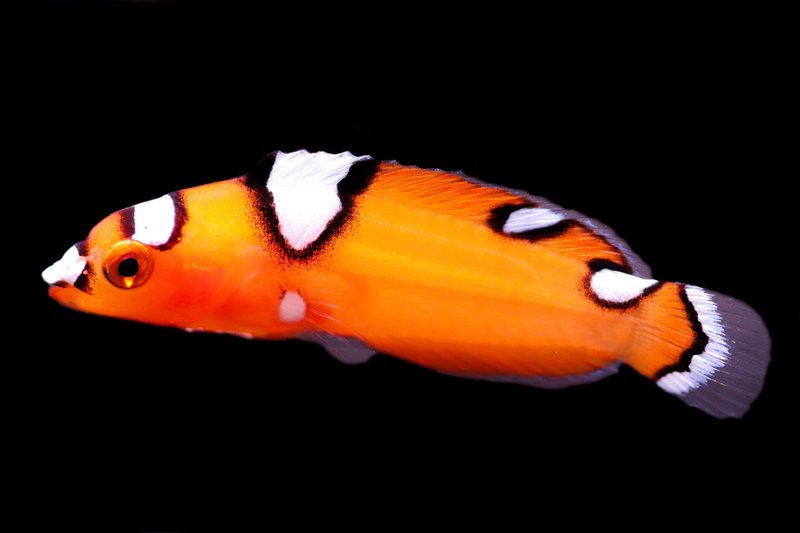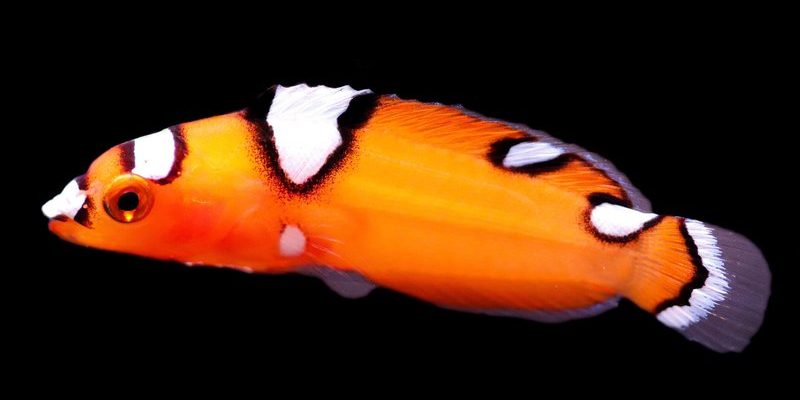
Whether you’re considering starting a breeding program or you just want to know more about how to care for these fascinating fish, knowing what to expect can make the journey smoother. Here’s the thing: breeding wrasse isn’t just about placing a male and female in a tank and hoping for the best. It requires understanding their natural behaviors, dietary needs, and environmental preferences. Let’s explore what it takes to breed wrasse successfully.
Understanding the Wrasse Species
Before diving into breeding techniques, it’s crucial to know the types of wrasse species commonly kept in aquariums. There are over 500 species of wrasse, each with distinct traits. For breeding, some species like the Labridae family, including the popular *cleaner wrasse* and *six-line wrasse*, are often favored due to their vibrant colors and manageable sizes.
When considering which species to breed, think about their natural habitats. Most wrasses thrive on reefs and rocky substrates, requiring plenty of hiding spots and structures in captivity. A well-designed tank that mimics their natural environment can make all the difference in encouraging breeding behaviors. Honestly, if the fish feel comfortable, they’re much more likely to breed.
Another important factor is understanding their social dynamics. Many wrasses display complex behaviors, especially during mating. Males often showcase bright colors and elaborate displays to attract females. So, it’s essential to have a mix of males and females in your breeding setup. You might be wondering how to tell them apart, and that usually comes down to observing their colors and fin shapes, which can vary significantly between genders.
Setting Up the Right Aquarium Environment
Creating the perfect environment for your wrasse to breed isn’t just about water chemistry; it’s about creating a habitat that feels like home. Aim for a tank size of at least 50 gallons to give your fish plenty of room to swim and establish territories. A larger tank also helps dilute waste products, keeping the water cleaner and healthier.
Consider adding substrates like sand or fine gravel, as wrasses enjoy digging and foraging. Include live rock for hiding spots and grazing surfaces. The natural bacteria on the rocks can aid in biofiltration, creating a healthier environment. Additionally, plants or artificial corals can enhance the aesthetics while offering shelter.
Lighting plays a vital role, too. Wrasses typically thrive under bright lighting, which mimics their natural habitat. You could use LED lights to achieve this, but make sure to include a day/night cycle—this helps regulate their behavior. Remember, changes in lighting can stress fish out. If you’re introducing new lights, do it gradually.
Nutritional Needs for Breeding Wrasse
Alright, let’s talk food. Just like humans, the right nutrition is key to keeping your wrasse healthy and ready to breed. Wrasses are omnivorous and need a balanced diet to thrive. A mix of high-quality flake food, pellets, and frozen or live food can keep their diet diverse and interesting.
For breeding, live foods like brine shrimp or bloodworms are excellent choices. They not only entice the fish but also encourage natural foraging behaviors. You might find it helpful to feed smaller portions multiple times a day rather than one large feeding. This keeps your fish engaged and happy.
Additionally, consider supplementing with vitamins or additives specifically designed for breeding fish. These can enhance reproductive health and boost the immune system, helping your fish stay disease-free. Just be cautious not to overfeed—keeping the tank clean is essential, especially during breeding phases when water quality can quickly decline.
Breeding Behavior and Techniques
Now comes the exciting part—breeding! Watching your wrasse engage in courtship rituals is fascinating. Typically, males will perform displays, showing off their colors and chasing females around the tank. During this time, you might notice them cleaning off specific areas to lay eggs.
It’s crucial to pay attention to their behavior. If the fish seem stressed or aggressive, it might be beneficial to separate them temporarily. Offering enough hiding spaces can help reduce territorial disputes. You can also create a designated breeding area in the tank to encourage spawning.
When spawning occurs, wrasses generally lay eggs in clusters. Once the female releases her eggs, the male fertilizes them almost immediately. It’s important to separate the eggs from the main tank to protect them from being eaten by the adults. Using a hatchery system or a small, separate tank with gentle water flow can help ensure the eggs develop safely.
Common Challenges in Captive Breeding
While breeding wrasse can be rewarding, it’s not without its difficulties. One common challenge is ensuring proper water quality. Ammonia spikes or incorrect pH levels can be detrimental. Regular testing and maintenance are crucial during the breeding process.
Another hurdle can be aggression among your fish. If you notice one fish bullying others, it may be necessary to rehome it or provide more hiding spots. Sometimes, just observing your fish can help identify issues before they become serious.
You might also face problems with egg viability. Not all eggs will hatch successfully. Issues like water temperature fluctuations or excessive light can affect the development of the eggs. Keeping the environment stable and stress-free during this time is crucial.
Post-Breeding Care for Fry
Once the eggs hatch, they’ll turn into tiny fry that need special care. Initially, they’re extremely small and require infusoria or specially prepared live foods to thrive. You might be surprised by how quickly they grow, so having suitable food ready is essential!
As the fry grow, they’ll start to require larger foods like baby brine shrimp or finely crushed flake food. Make sure to keep the fry in a separate tank to prevent them from being eaten by adults. Keeping the water clean and stable is as important for fry as it is for adults. Regular water changes can keep their environment healthy.
Monitoring their growth will also help you determine when to introduce them back into the main tank or when they’re ready for new homes. This can help manage the population in your breeding setup, ensuring a healthy balance.
Breeding wrasse in captivity is an adventure filled with both challenges and rewards. From understanding their needs to creating a thriving environment, every step requires attention and care. It may take time and some trial and error, but the joy of watching your wrasse thrive and multiply can be incredibly fulfilling.
As you embark on this exciting journey, remember to keep learning and adapting your methods. The marine world is as intricate as it is beautiful, and every wrasse you breed adds a new chapter to your aquatic story. So, equip yourself with knowledge, be patient, and enjoy the process. Happy breeding!

